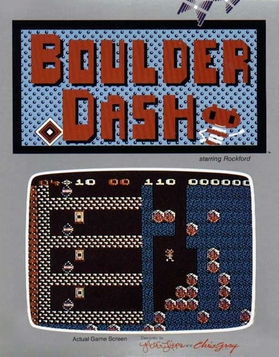
Boulder Dash is a 2D maze-puzzle video game released in 1984 by First Star Software for Atari 8-bit computers. It was created by Canadian developers Peter Liepa and Chris Gray. The player controls Rockford, who collects treasures while evading hazards.

Software Automatic Mouth, or S.A.M., is a speech synthesis program developed by Mark Barton and sold by Don't Ask Software. The program was released for the Atari 8-bit computers, Apple II, and Commodore 64. Released in 1982, it was one of the first commercial all-software voice-synthesis programs.

Wizard's Crown is a top-down role-playing video game published by Strategic Simulations in 1986. It was released for the Atari 8-bit computers, Atari ST, IBM PC compatibles, Apple II, and Commodore 64. A sequel, The Eternal Dagger, was released in 1987.
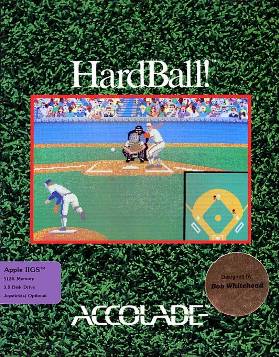
HardBall! is a baseball video game published by Accolade. Initially released for the Commodore 64 in 1985, it was ported to other computers over the next several years. A Sega Genesis cartridge was published in 1991. HardBall! was followed by sequels HardBall II, HardBall III, HardBall IV, HardBall 5, and HardBall 6.

Mystery House is an adventure game released by On-Line Systems in 1980. It was designed, written and illustrated by Roberta Williams, and programmed by Ken Williams for the Apple II. Mystery House is the first graphical adventure game and the first game produced by On-Line Systems, the company which would evolve into Sierra On-Line. It is one of the earliest horror video games.

Skyfox is a combat flight simulation game developed by Ray Tobey for the Apple II and published by Electronic Arts in 1984. Ariolasoft published the game in Europe. It was released for the ZX Spectrum, Amstrad CPC, Commodore 64, and Macintosh in 1985, to the Amiga and Atari ST in 1986, and to the PC-88 in 1988.
Synapse Software Corporation was an American software developer and publisher founded in 1981 by Ihor Wolosenko and Ken Grant. Synapse published application software and developer tools and was primarily known for video games. It initially focused on the Atari 8-bit computers, then later developed for the Commodore 64 and other systems. Synapse was purchased by Broderbund in late 1984 and the Synapse label retired in 1985.
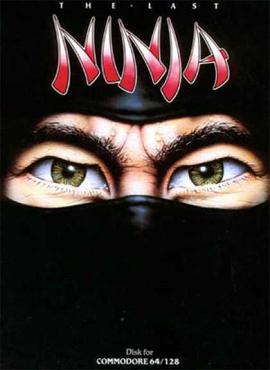
The Last Ninja is an action-adventure game originally developed and published by System 3 in 1987 for the Commodore 64. It was converted to the Apple IIGS, MS-DOS, BBC Micro and Acorn Electron in 1988, the Apple II series in 1989, the Amiga and Atari ST in 1990, and the Acorn Archimedes in 1991.
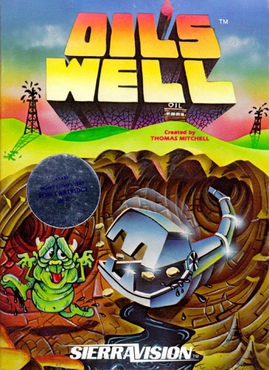
Oil's Well is a video game published by Sierra On-Line in 1983. The game was written for the Atari 8-bit computers by Thomas J. Mitchell. Oil's Well is similar to the 1982 arcade game Anteater, re-themed to be about drilling for oil instead of a hungry insectivore. Ports were released in 1983 for the Apple II and Commodore 64, in 1984 for ColecoVision and the IBM PC, then in 1985 for MSX and the Sharp X1. A version with improved visuals and without Mitchell's involvement was released for MS-DOS in 1990.
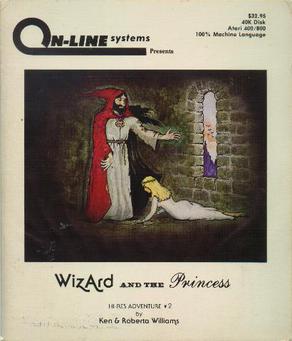
Wizard and the Princess is a graphic adventure game written for the Apple II and published in 1980 by On-Line Systems. It is the second installment in the Hi-Res Adventures series after Mystery House. Unlike its predecessor, which featured monochrome drawings, Wizard and the Princess introduced color graphics. Ports for the Atari 8-bit computers and Commodore 64 were released in 1982 and 1984 respectively. The 1982 self-booting disk version for IBM PC compatibles was renamed Adventure in Serenia.
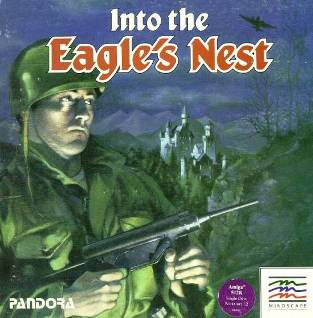
Into the Eagle's Nest is a video game developed by Pandora and published for Amiga, Amstrad CPC, Apple II, Atari 8-bit computers, Atari ST, Commodore 64, IBM PC compatibles, and ZX Spectrum starting in 1987.

Karateka is a 1984 martial arts action game for the Apple II by Jordan Mechner. It is his first published game and was created while he was attending Yale University. The game was published in North America by Broderbund and in Europe by Ariolasoft. Along with Karate Champ and Yie-Ar Kung Fu, Karateka is one of the earliest martial arts fighting games. It was inspired by Japanese culture and by early Disney animated films and silent pictures. An influential game of its era, it was one of the first to use cinematic storytelling and sound design, and rotoscoped animation.

Transylvania is an adventure video game published by Penguin Software. It was released for the Apple II in 1982 followed by ports to the Atari 8-bit computers and Commodore 64. A Mac conversion was published in 1984, then versions for the Amiga, Atari ST, and MS-DOS in 1985.

Ogre is a 1986 computer game based on the Ogre board wargame. It was released by Origin Systems for the Apple II, Amiga, Atari 8-bit family, Atari ST, Commodore 64, MS-DOS, and Macintosh.
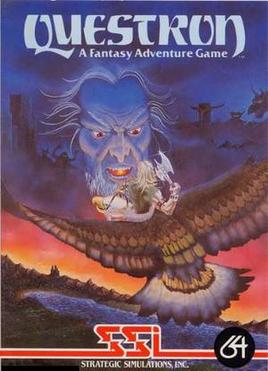
Questron is a 1984 game from Strategic Simulations, the first fantasy title from a company known for computer wargames. It was written by Charles Dougherty and Gerald Wieczorek and released for the Apple II, Atari 8-bit computers, and Commodore 64. A sequel, Questron II, was released in 1988.

Star Maze is a space-themed shooter taking place in a multidirectional scrolling maze published by Sir-Tech in 1982. It was written by Canadian programmer Gordon Eastman for the Apple II, based on a design by Robert Woodhead. Versions for the Atari 8-bit computers and Commodore 64 followed in 1983.

Night Mission Pinball is a pinball simulation video game published by Sublogic in 1982. It was developed by Bruce Artwick for the Apple II, then ported to the Atari 8-bit family, Commodore 64, and IBM PC.

Threshold is a space-themed fixed shooter written by Warren Schwader and Ken Williams for the Apple II and published by On-Line Systems in 1981. Inspired by Sega's Astro Blaster arcade video game, Threshold introduces many enemy ship types and wave formations as the game progresses. Reviewers found the variety distinguished the game from the many similar shoot 'em ups.


















